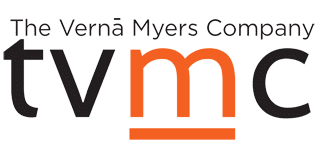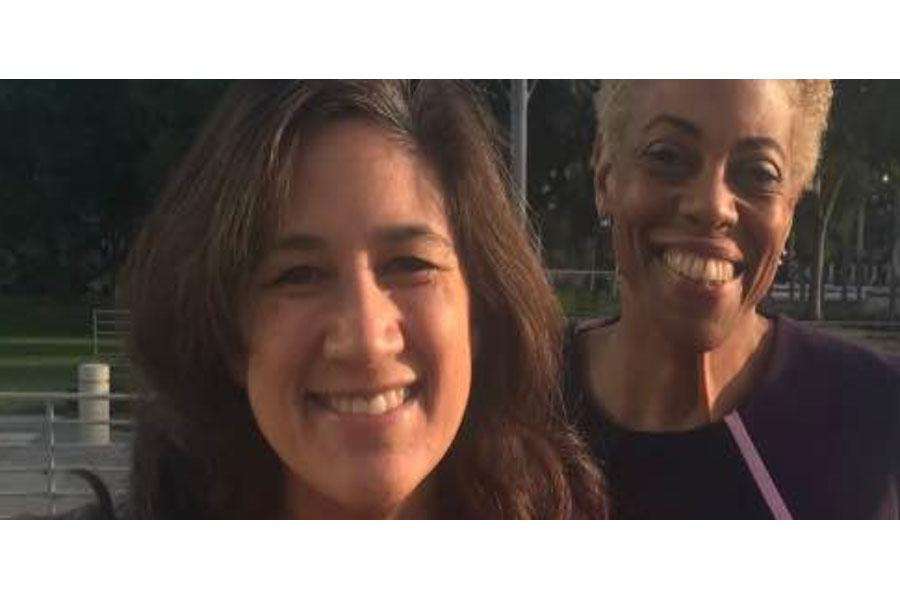There were too many wonderful highlights from Oscar’s 90th and most diverse Academy Awards show this past Sunday to go into all of them here. But two things things in particular made us diversity and inclusion strategists jump for joy. One was Jordan Peele’s win for best original screenplay—which you know we were rooting for because it was a genius way to talk about racism through a horror story framework. The other was when Frances McDormand, Best Actress winner, ended her “Hail to all the Women in the Room” speech by saying, “Two words: Inclusion Rider!”
We know many folks watching were like, “What the heck is an inclusion rider? Or did she say, ‘Inclusion Writer?’” So let’s be clear: it’s Inclusion Rider and it’s a condition that actors and actresses can ask (or demand) to have in their contracts that would require certain level of diversity in the film’s cast and crew. In other words, instead of insisting that green M&Ms be in your dressing room, you’re demanding that the set have more color and gender diversity.
We knew what it was, and we were thrilled that the words “Inclusion Rider” caught so much media attention. But when we woke up the next day, we thought: “Wait, do people think this is a new concept? A magic bullet? ‘Cause it’s not.” News Flash: “affirmative action policies”, “minority and women set-asides”, and “diversity goals” are all the same basic concept as an Inclusion Rider! Governments, corporations, the legal profession and non-profits have been working on these type of initiatives for decades. But we’re still not where we need to be.
So we love the term, but let’s remember that these terms and the admirable goals behind them can quickly become distorted, maligned, and reframed as unfair to the majority, that bad word “quotas,” or a handout to individuals who must not be as qualified, or else they would already be successful (or so the flawed reasoning goes).
Maybe this time it will be different. The group of people pushing for change is growing larger and more diverse. They’re becoming more courageous in their protests, and awareness is growing among the decision makers in these companies. More and more executives understand that, in order for their businesses to remain relevant and competitive in whatever their marketplace, they need to be both diverse and inclusive. But if an Inclusion Rider (or any other program, for that matter) is going to be a successful tool in making industries more representative and innovative, those espousing them should consider what we’ve learned over the last 30 years. If “inclusion” as a term and a concept is going to outlast the relentless power of the status quo, several things will have to be true:
1) Advocates have to be courageously persistent and consistent. It’s terrific when people like Frances McDormand use their privilege to demand inclusion. We applaud it! But what are these movie stars prepared to do when the decision makers say things like, “But we can’t find any qualified _____ ” or “I would be more comfortable working with someone who has a proven track record.” Will they be willing to walk away from the project? Is that the best move? We know that it can’t just be one person holding out for inclusion. Creating a truly inclusive environment requires as many people of good will as possible being consistent and persistent in raising these important issues. Lots of folks are going to have to learn to utter a brave “no,” and there will need to be accountability systems that compel action. Frances is awesome, but we need as many of us as possible with any influence and power on board if we want to change how these worlds operate.
2) Real change requires the removal of structural and informal barriers. As change agents, we have been astounded by how old structures and systems (formal and informal) determine access and prevent newcomers—those targeted for these type initiatives—to move ahead. Who gets the opportunity for the internship, or can afford to work without pay? Who knows whom based on family connections? Who has the family set-up that allows them to travel? The higher in the ranks you go, the more subjective it becomes who gets and deserve the best opportunities, and the more it’s about who you know and who knows you and is willing to vouch for you. For that to change, decision-makers have to create new avenues and levers to access and close down others. They also need to be willing to bring resources to support and develop the talent they want to grow.
3) Hiring is not enough: Culture Matters! There has to be an inclusive culture, with its own values and norms, for hiring to effectively shift the representation within an organization or industry. If you’re inviting in new folks who have been previously excluded, intentionally or otherwise, you have to create an environment where they can bring their best and not be forced to conform to or survive in a culture that does not reflect or respect them. The #MeToo and #TimesUp movements, for example, are not just about jobs—they’re exposing a demeaning culture and demanding a change in behavior as well as the underlying culture that allowed that behavior to thrive. And it’s not only about women; it’s about the biases and the undervaluing that work against certain groups and not others. Likewise, Inclusion Riders are only going to work if we reimagine culture, keeping what’s good but adopting values and norms that speak to integrity, fairness, and collaboration as much as or more than competition.
4) Enough folks have to resist the zero sum mentality and the fear that drives it. So let’s talk about competition. You hear it so often when talking about bringing in excluded groups: “But if we bring more _______, good people will lose their jobs / not get promoted / we will lose talent” or “I have a group of people who I worked with for years and I know they are good. Why shouldn’t I be able to continue to employ them?” We have to get past this fear that the majority or the already-included folks will lose ground if we create truly diverse and inclusive work environments. Inclusion is not about dividing up a limited pie! Just because you give someone else a slice does not mean you will go hungry. Oh, and by the way, we DO know that you’re already missing out on hugely viable possibilities for not including in people of different backgrounds. (Cue Black Panther!) No business succeeds by having a scarcity mentality—it makes sense, then, that you can’t succeed in your inclusion efforts if you believe that there isn’t enough to go around. You have to manage your fears down and share the opportunities until you’re able to see that inclusion grows a bigger pie.
We’re absolutely rooting for the folks in Hollywood trying to make change. They have so much power to influence how we see the world because their stories shape what we see and what society models. We just hope that they understand and are willing to do the work necessary to ensure success.
So, in the spirit of making everyone part of the discussion: What do you think? How do we make tools like Inclusion Riders change the game in Hollywood and in our own organizations? How do we hold the image makers accountable for developing fair, accurate and inclusive narratives?
PS from Verna: I’ll be talking about a lot of the ideas above when I’m at—happy dance!!—South by Southwest (SXSW) next week. I’ll be on a panel with folks from National Geographic, talking about the power of images in influencing how we see the world and what we don’t see. The panel will include photographers, writers and editors from Nat Geo and we’ll be discussing the responsibility of those creating visual narratives to do it in a way that’s accurate and fair. I’ll be sure to share some of my experiences from SXSW along the way! Follow me on Twitter @VernaMyers.


